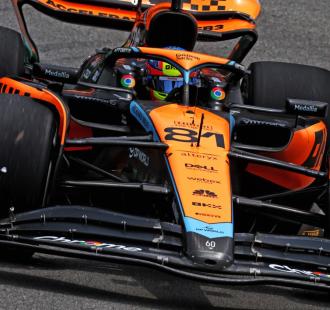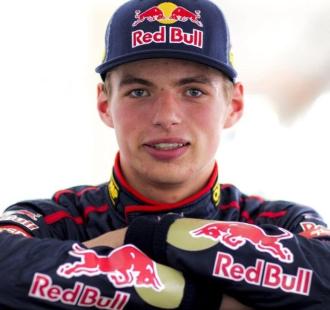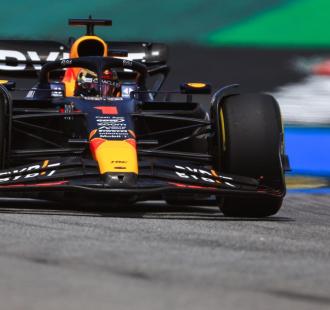
This is how Brembo made the F1 cars of 2023 even faster
The 2023 season has been one of the longest for Formula 1, sportinga huge variety of tracks but above all a tangible leap forward interms of performance of the cars. A fundamental element thatallowed this performance gain were brakes. Last season was the 49thof Brembo involvement in Formula 1. Formula One, cars equipped withBrembo brakes have won 28 Drivers’ World Championships, 33Constructors’ World Championships and a remarkable total of 507Grand Prix races. One of the distinctive features for the equipmentprovided by the company is the customization of the new brakingsystems for each team supplying ,most of the single-seaters withhydraulic (calipers, master cylinders and by-wire units) andfriction components (carbon discs and pads). It is absolutelycorrect underlying the fact that in the past two decades Brembo hasrevolutionized the concept of disc in Formula 1. Looking backwards,in the early 2000s, Brembo carbon discs had a thickness of 28mmwith a maximum of 72 holes in a single row and a diameter thatexceeded of 10mm. Today, the diameter has increased from 278mm to328mm for the front axle carbon disc and from 266mm to 280mm forthe rear one, with a thickness of 32mm and a number of holesbetween 1,000 and 1,100 at the front, while 900 holes at the rearin the most extreme working conditions in terms of cooling. But,the “striving to excellence” attitude of Brembo has been visiblealso regarding the constant weight reduction of the brakingsystems. In fact in the last season the weight of a braking systemis around 300/350g lighter compared to 2022 when it was heavierthan 2021 to fit the new ground effect cars demands. To reach thistarget, Brembo engineers worked to optimize the design of thedifferent components, firstly on calipers and carbon parts, whiletaking all the geometries of these elements to extremes. Higherdemands for the brakes of 2023 It goes without saying that weightreduction plays a relevant role enhancing performance. In fact itallows more ballast being placed on the cars in strategic position,so to lower the center of gravity of the cars, enhancing thehandling and overall improving the balance of the single seater.Interesting to note that in the 2023 season drilled pads werebanned by the F1 technical regulations. The demands that brakes hadto withstand in 2023 were higher compared to 2022 season. To betterunderstand this fact it is enough saying that last season thebraking torque required by each car exceed the one required in 2022by a figure greater than five percent. In 2023, Brembo suppliedcalipers to all 10 teams. In particular, nine were supplied withBrembo calipers while a team was supplied with AP Racing calipers,the well-known company based in Coventry, owned by the Italian,Bergamo based, group. That means that all the single seaters on the2023 Formula One grid were equipped with newly designed andmanufactured nickel plated and machined from billet six pistons(the maximum number of pistons allowed by the rules) calipers. Itis notable saying that five teams, in addition, adopted also the bywire systems developed both by Brembo and AP Racing to manage rearbraking, thus balancing the braking torque demand between front andrear axle, by instantly changing the dissipative brakingcontribution in function of the regenerative phase, so ensuring theright balance between front and rear axles. It is easy tounderstand that the project of each car is different thus requiringa high level of customization even on the braking system. In thisrespect the relationship between each team and Brembo technicalstaff is tailored to suit the specific needs of the single team.This approach was clearly reflected in the design and production ofa specific brake caliper for each team, so reaching a perfect ratioof stiffness against the weight, and also a precise management ofheat dissipation. Test Mexico This factor has become particularlystrategic since the inception of the new rules in 2022. The visibleresult is the clear difference in terms of heat dissipatingexternal surfaces of the calipers. We mean that the design of suchsurfaces in 2023 has seen an interesting differentiation. Sharppins distributed in a different number according to the specificneeds of teams using such solution, were mainly adopted by Red Bullthat used calipers hugely 'adorned' by those pointy heatdissipating surfaces. Other teams as Ferrari, were more proneadopting heat dissipating transverse blades on their calipers. Heatdissipation, it is worth noting, is not a factor just required forcalipers, but also for the disks. A clear demonstration of thisassumption was the test carried out by Red Bull in Mexico, adoptingin the first practice session the Brembo discs featuring 1050venting holes, the same specification used by Ferrari. The test washeld in Mexico due to the air rarefaction implying a reduction inair density of about thirty percent, compared to sea level. Thustranslating into a dramatically reduced heat dissipation whichcould lead to increased brake wear, but not only. To prevent heatbecoming increasing out of control, sensors are placed in the wheelcorners, allowing the teams to monitor the temperature of disks andcalipers at all times. Thanks to those sensors the teams' engineerswere able to suggest their drivers the correct management of thetemperature and brake balance towards each race. This makes evenmore understandable the relevance of Brembo braking systems in theperformance equation of each single seater.


